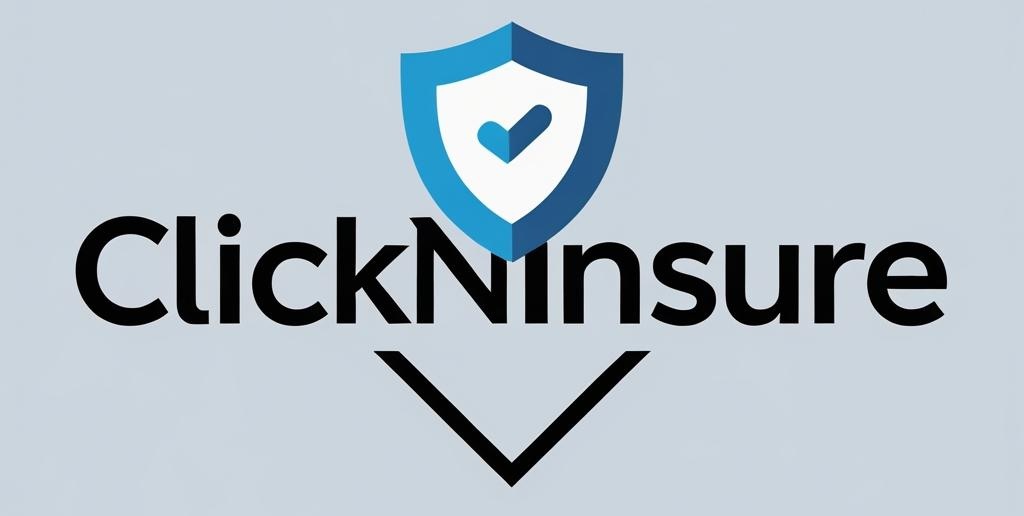Introduction
Health is your most valuable asset—but medical treatment in 2025 isn’t cheap. Whether it’s a routine checkup or a critical surgery, healthcare costs have surged globally. That’s why having the right health insurance plan is no longer optional—it’s a necessity.
But how do you choose the best plan?
With so many options, companies, cover types, and confusing terms, buying health insurance can feel overwhelming—especially if you’re doing it for the first time.
This beginner-friendly guide explains everything you need to know to confidently choose a health insurance plan in 2025.
🔍 Step 1: Understand What Health Insurance Is
Health insurance is a contract between you and an insurance company. In exchange for a premium (a fee you pay monthly or yearly), the insurer agrees to cover your medical expenses.
It can cover:
Hospital stays
Surgeries
Doctor visits
Diagnostic tests
Medicines
Emergency care
Maternity and mental health services (in many modern plans)
🧠 Step 2: Know the Different Types of Health Insurance Plans
There are several types of health insurance. Understanding these helps you choose what fits your needs.
- Individual Health Insurance
Covers one person. Best for singles, freelancers, or anyone not covered by an employer. - Family Floater Plans
Covers your entire family under one policy. Ideal for married couples with kids or dependent parents. - Group Insurance
Usually offered by employers. Often cheaper but may have limited coverage. - Critical Illness Cover
Gives a lump sum if you’re diagnosed with a severe illness like cancer, stroke, or heart attack. - Top-Up Plans
Add extra coverage beyond your existing health insurance (great for emergencies). - Government Health Schemes
Available in many countries at low or no cost. Useful for low-income individuals.
💡 Step 3: Evaluate These 8 Key Factors Before You Buy
Choosing a health insurance plan isn’t just about the price. Consider these factors:
- Coverage Amount (Sum Insured)
For individuals: Minimum $25,000–$50,000 or equivalent.
For families: At least $75,000–$100,000, depending on size.
🔎 Tip: Medical inflation is real. Always choose a plan with room for future costs.
- Network Hospitals
Choose insurers that have cashless tie-ups with major hospitals in your city.
🔎 Tip: Check if your favorite hospital is included.
- Pre and Post-Hospitalization
Many treatments require tests, consultations, or follow-up care. Make sure your plan covers at least 30–90 days before and after hospitalization. - Daycare Procedures
Modern treatments don’t need overnight stays. Ensure your plan includes daycare procedures like cataract surgery or dialysis. - Pre-Existing Diseases (PED)
Most policies have a waiting period of 1–4 years before covering existing health conditions.
🔎 Tip: Look for the shortest waiting period possible.
- No Claim Bonus (NCB)
Get rewarded for staying healthy! Some insurers increase your sum insured every claim-free year—without extra premium. - Room Rent Limits
Some plans cap the type of hospital room you can choose. Opt for plans with no or high room rent limits. - OPD & Maternity Cover
In 2025, more plans include:
Outpatient doctor visits
Maternity benefits
Mental health therapy
🔎 Tip: Ask what extras are included at no additional cost.
🛡️ Step 4: Compare Plans Smartly (Online Tools Help!)
Use insurance comparison websites to check:
Premiums
Inclusions & exclusions
User reviews
Claim settlement ratios
Hospital network size
Top tools include:
👉 Policybazaar, ComparetheMarket, Insurify, HealthSherpa, etc. (varies by country)
📱 Step 5: Use Tech-Savvy Plans in 2025
Modern insurers now offer:
Telemedicine access
Wellness rewards (discounts for walking, running, etc.)
Mobile apps for claims & tracking
Wearable integration for health monitoring
Choose a policy that keeps up with your digital lifestyle.
⚠️ Step 6: Be Aware of What’s NOT Covered
Every plan has exclusions. Common ones:
Cosmetic surgery
Dental (unless caused by accident)
Injuries from war or self-harm
Pregnancy within first few months of policy
Experimental or unapproved treatments
🔎 Tip: Always read the policy wording carefully before buying.
💰 Step 7: Don’t Just Look at the Premium
Cheap isn’t always good. A lower premium often means:
Lower sum insured
Higher waiting periods
More restrictions
Balance premium vs. benefits. Sometimes, paying 10% more saves you thousands later.
📄 Step 8: Documentation You’ll Need
To buy a health insurance policy, you usually need:
ID proof (passport, ID card)
Age proof
Medical history (if any)
Income proof (for higher sum insured)
🌎 Health Insurance in 2025: What’s New?
Here’s what’s trending in global health insurance this year:
✅ AI-Powered Claim Processing – Fast, paperless, and often automatic
✅ Dynamic Premiums – Premiums that adjust based on your health data
✅ Mental Health Coverage – More policies now include therapy & psychiatric care
✅ Custom Add-Ons – Add vision, dental, or wellness programs easily
✅ Green Insurance Plans – Discounts for sustainable lifestyles (low carbon footprint)
💡 Real-Life Scenario: A Quick Example
Meet Sara, age 32, working in tech.
She wants insurance for herself and her husband.
She chooses a family floater plan of $100,000 with:
Cashless hospitals nearby
Maternity cover (they plan to have a child soon)
Telemedicine & fitness rewards
No claim bonus of 10% per year
Result: She pays a bit more than basic plans but gets holistic, future-ready coverage.
✅ Summary Checklist
Before finalizing your health plan, ask yourself:
✔️ Is the sum insured enough for today and the future?
✔️ Are my preferred hospitals on the network list?
✔️ What’s the waiting period for pre-existing illnesses?
✔️ Does it include OPD, maternity, or mental health?
✔️ Can I manage everything easily from an app?
✔️ How reliable is the insurer’s claim support?
If the answer is “yes” to most—you’ve found your plan.
Conclusion
Health insurance in 2025 isn’t just about being prepared for medical emergencies—it’s about smart, proactive financial and physical wellness.
By choosing the right plan today, you not only protect yourself but also empower your future self. Take the time to research, compare, and pick a plan that fits your lifestyle, your budget, and your long-term goals.
Your health deserves the best—make sure your insurance reflects that.
